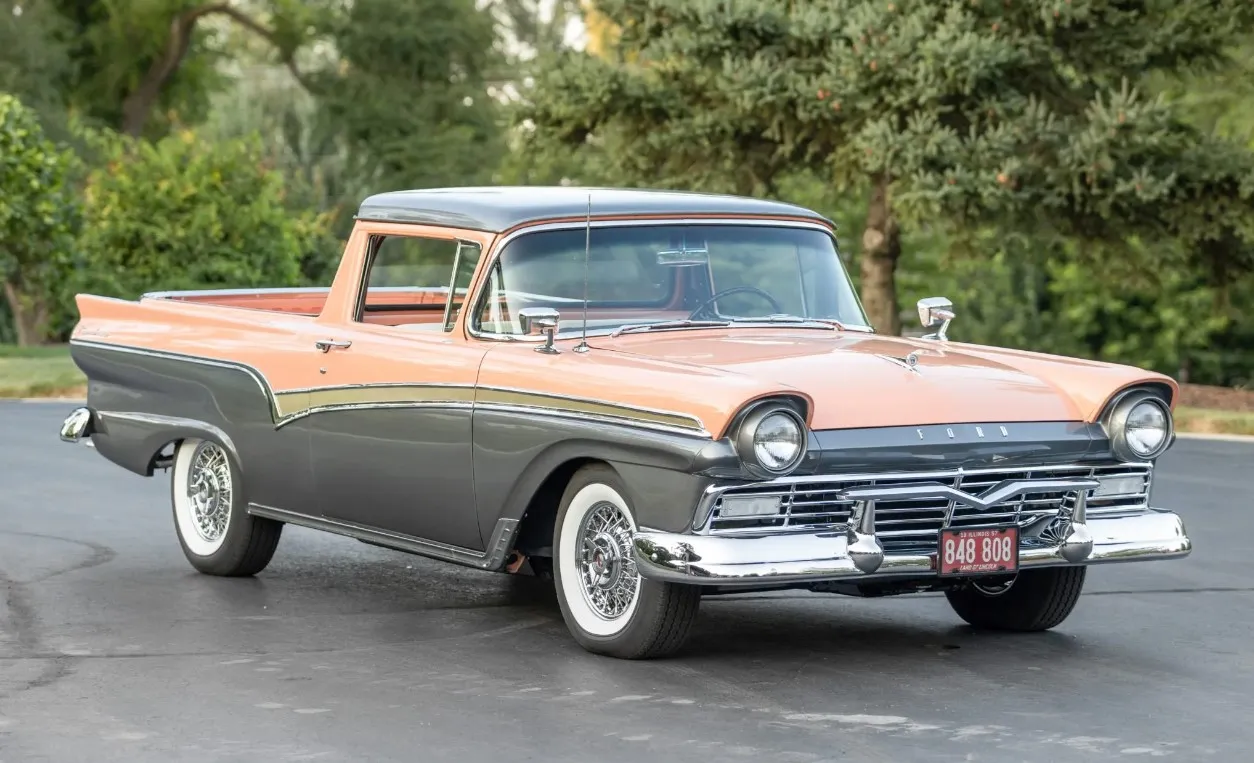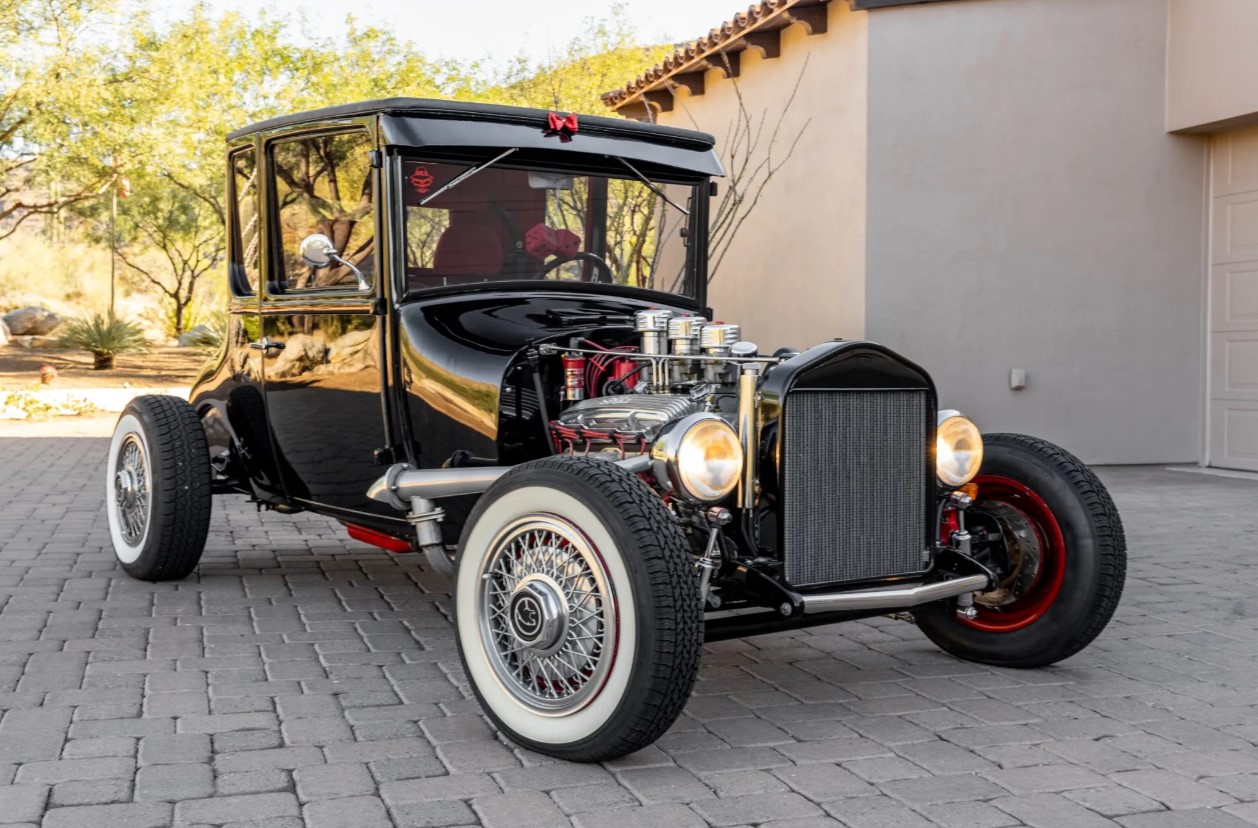The Citroën 2CV, also known as the "Deux Chevaux" or "Tin Snail," is one of the most iconic and enduring automobiles in automotive history. Born out of the need for a simple and affordable car for the masses, the 2CV became a symbol of practicality, resilience, and unconventional design. In this comprehensive exploration, we will delve into the history, design, performance, technological features, and lasting legacy of the Citroën 2CV.
Origins and Development
The Citroën 2CV has its roots in the 1930s, a time of economic hardship in Europe. André Citroën, the founder of Citroën, envisioned a car that could serve the needs of French farmers, offering affordable, fuel-efficient transportation on rugged rural roads. This vision led to the development of the 2CV, which made its debut at the 1948 Paris Auto Salon.
The 2CV was designed with several key principles in mind, including simplicity, versatility, and economy. It was meant to be an accessible and utilitarian vehicle, featuring minimalist engineering, an air-cooled twin-cylinder engine, soft suspension for a smooth ride on rough terrain, and practical design elements like removable seats and a convertible roof.
Design and Engine
-1692670794.jpg)
The Citroën 2CV, affectionately known as the "Deux Chevaux" or "2CV," boasts a unique and iconic design that has captivated the automotive world for decades. Its boxy yet charming appearance, with rounded contours, sets it apart as a symbol of simplicity and utilitarianism. The soft suspension, convertible roof, and removable seats underscore its adaptability, making it equally at home navigating city streets or traversing rough rural roads. Inside, a minimalist interior emphasizes functionality and ease of use, staying true to its purpose as an affordable and practical vehicle. The 2CV's design choices were visionary, embracing practicality and versatility over extravagance.
Under the hood, the 2CV featured a remarkable air-cooled twin-cylinder engine that was modest in power but remarkable in its reliability and fuel efficiency. The early models produced a mere 9 horsepower, but gradual engine improvements over the years increased both engine size and power output. These engines, ranging from 375cc to 602cc, were chosen for their simplicity and durability, perfectly complementing the car's utilitarian nature. The innovative cooling system, driven by a fan on the engine's crankshaft, ensured efficient temperature control. Combined, the Citroën 2CV's design and engine made it a symbol of practicality, economy, and rugged dependability, endearing it to generations of drivers and enthusiasts worldwide.
Cultural Impact
-1692670819.jpg)
The Citroën 2CV became a symbol of post-war recovery and resilience in France. It embodied the country's resourcefulness and determination to rebuild after the devastation of World War II. The 2CV's affordability and practicality made it a vehicle for the masses, transcending social classes and becoming a true people's car.
Over the years, the 2CV has made appearances in popular culture, cementing its status as an iconic French automobile. It has featured in films, books, and music, becoming a symbol of French style and quirkiness. Notable appearances include the 1988 film "The Great Escape II: The Untold Story" and the 2011 animated film "The Adventures of Tintin: The Secret of the Unicorn."
Global Appeal
While initially designed for the French rural market, the Citroën 2CV found global appeal. Its ability to adapt to different environments and its simple, rugged design made it suitable for various regions and uses. It served as a practical urban vehicle, a reliable mode of transportation in remote villages, and even a rugged off-road vehicle in some parts of the world.
Evolution and Variants
Throughout its production run, which lasted for more than four decades, the Citroën 2CV underwent various design iterations and saw the introduction of unique variants. One of the most famous variants was the Citroën 2CV Charleston, known for its distinctive two-tone paint scheme that added a touch of style to the car. Additionally, the 2CV Sahara was a remarkable variant equipped with two engines and two fuel tanks, allowing for true four-wheel drive and the ability to tackle challenging terrains.
Production of the 2CV continued until 1990 when it was eventually phased out to make way for more modern Citroën models. However, the 2CV's legacy lived on, and it remains a beloved classic among car enthusiasts and collectors.
Collectibility and Restorations
The Citroën 2CV has a dedicated following of collectors and enthusiasts who appreciate its unique charm and historical significance. Restoring a 2CV often involves a labor of love, as many enthusiasts seek to preserve these iconic vehicles in their original or modified forms. The availability of replacement parts and a thriving community of 2CV enthusiasts have contributed to its continued relevance.
Conclusion
The Citroën 2CV is more than just a car; it's a symbol of innovation, resilience, and the enduring spirit of French engineering. Its timeless design, cultural significance, and global appeal make it a cherished piece of automotive history. The "Deux Chevaux" continues to captivate and inspire, reminding us that simplicity and adaptability can lead to automotive greatness. The Citroën 2CV's legacy lives on as a testament to the enduring impact of a truly remarkable automobile.


